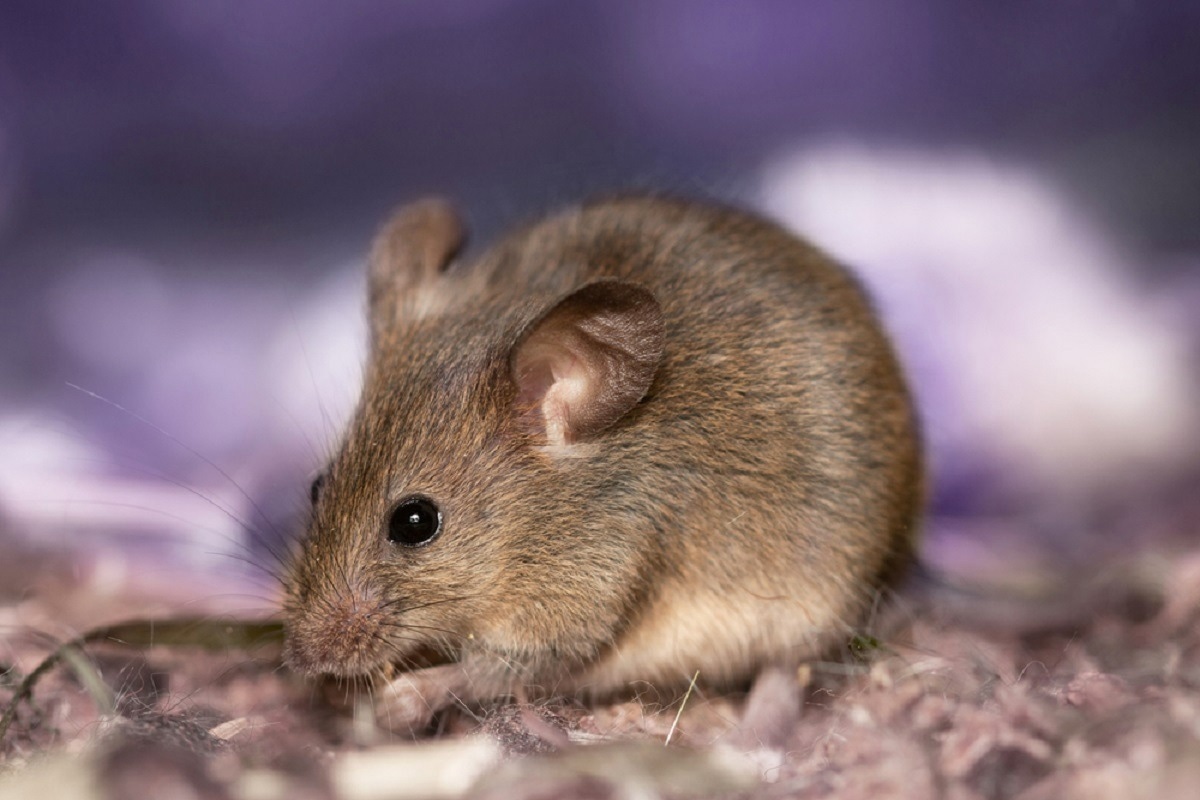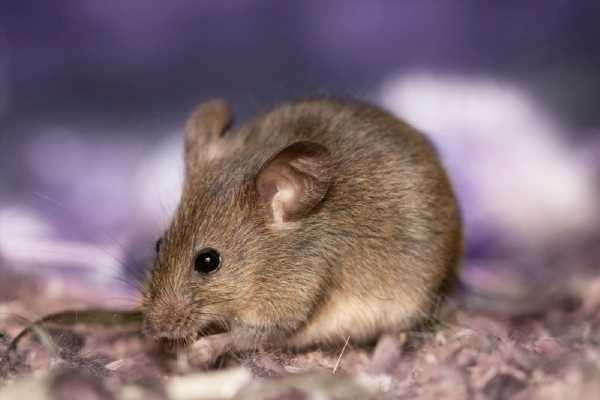In a recent study published in the bioRxiv* preprint server, scientists conducted severe acute respiratory syndrome coronavirus 2 (SARS-CoV-2) sero-surveillance in wild rodents across Europe.

Background
Reverse zoonotic illness transmission of several pathogens (viruses, bacteria, fungus, and eukaryotic parasites) from humans to animals has long been known and established globally as a cardinal concern. An animal population affected by such human pathogens may serve as a reservoir for human reinfection, hindering or impeding the elimination of the pathogen. Mutation-susceptible pathogens, like ribonucleic acid (RNA) viruses, might acquire new mutations by circulating among novel animal hosts. They may also exhibit a capacity for unanticipated impacts on human epidemiology.
There is an immediate need to devise frameworks to evaluate the risk of SARS-CoV-2 across wild mammal populations given the coronavirus disease 2019 (COVID-19) pandemic context and from a One Health perspective. In a joint statement released on 7 March 2022, the Office International des Epizooties (OIE), Food and Agriculture Organization (FAO), and World Health Organization (WHO) emphasized the significance of tracking mammalian wildlife for SARS-CoV-2 infection. The statement also encouraged sampling of wild animals recognized to be possibly vulnerable to SARS-CoV-2, such as rodents.
On 6 December 2021, the FAO-OIE Advisory Group on SARS-CoV-2 Evolution in Animals stated that a significant gap in SARS-CoV-2 investigation was the absence of a sizable surveillance analysis of rodent populations exposed to human interaction. Given the high biodiversity and widespread presence of rodents, it is necessary to conduct more extensive surveillance research across various habitats, continents, and non-commensal rodent species.
About the study
In the present work, the researchers performed a thorough serological assessment of SARS-CoV-2 in several rodent species across Europe to provide insight into the potential establishment and transmission of SARS-CoV-2 among wild rodents in various situations. They conducted surveys in urban parks (such as zoos), where there is a lot of potential for human-to-rodent transmission, and in forests because SARS-CoV-2 has naturally infected various wild forest mammals.
In 2021, the team sampled 1,202 rodents and 35 Soricidae (Crocidura and Sorex) from 23 forest areas and eight urban parks across five European nations (Belgium, Ireland, France, Poland, and Germany). Further, all subjects' SARS-CoV-2 serological status was determined by an infected cell-based immunofluorescent (IF) analysis.
Results
Collectively, the study results depicted that all except one analyzed sample had SARS-CoV-2 seronegative status. The team tested the one presumed positive animal two times by IF and found it unmistakably positive both times. The animal was a wood mouse, i.e., Apodemus sylvaticus, sampled on 6 April 2021 in a city park close to Antwerp, Belgium. The SARS-CoV-2-specific polymerase chain reaction (PCR) assays run on samples from all 59 animals from that location to further explore possible virus circulation in the region demonstrated that all PCRs were negative, comprising those from the seropositive animal. This phenomenon could be expected, considering the brief virus shedding duration previously documented in rodents.
Conclusions
The current study reports the serological monitoring for SARS-CoV-2 exposure among 1,237 wild rodents and several small mammals across Europe. The researchers noted that of the assessed samples, only one was SARS-CoV-2 seropositive.
On 6 July 2022, the OIE stated a potentially scary scenario: while COVID-19 sporadic outbreaks in the zoo or domestic animals have little long-term impact, infections in wildlife populations raise the possibility of the virus evolving further in animals and possibly reintroducing itself into humans in the future. The organization also reiterated that only via keeping track of the virus spread the whole picture of animal and human health could be fully comprehended and accurately predict and stop future illness outbreaks.
Overall, the present survey demonstrated that, as of April to September 2021, SARS-CoV-2 has not significantly spread across Northern European wild rodents. Nevertheless, the team noted that the current circulation of novel SARS-CoV-2 variants in humans with potentially rodent-tropic properties was a strong warning of the possibility of SARS-CoV-2 reservoirs in wild rodents. Hence, the continuation of SARS-CoV-2 monitoring among wild rodents is necessary.
*Important notice
bioRxiv publishes preliminary scientific reports that are not peer-reviewed and, therefore, should not be regarded as conclusive, guide clinical practice/health-related behavior, or treated as established information.
- Bourret, V. et al. (2022) "Serological surveillance for wild rodent infection with SARS-CoV-2 in Europe". bioRxiv. doi: 10.1101/2022.08.02.502439. https://www.biorxiv.org/content/10.1101/2022.08.02.502439v1
Posted in: Medical Science News | Medical Research News | Disease/Infection News
Tags: Agriculture, Bacteria, Cell, Coronavirus, Coronavirus Disease COVID-19, covid-19, Epidemiology, Evolution, Food, Mutation, Pandemic, Pathogen, Polymerase, Polymerase Chain Reaction, Research, Respiratory, Ribonucleic Acid, RNA, SARS, SARS-CoV-2, Severe Acute Respiratory, Severe Acute Respiratory Syndrome, Syndrome, Virus

Written by
Shanet Susan Alex
Shanet Susan Alex, a medical writer, based in Kerala, India, is a Doctor of Pharmacy graduate from Kerala University of Health Sciences. Her academic background is in clinical pharmacy and research, and she is passionate about medical writing. Shanet has published papers in the International Journal of Medical Science and Current Research (IJMSCR), the International Journal of Pharmacy (IJP), and the International Journal of Medical Science and Applied Research (IJMSAR). Apart from work, she enjoys listening to music and watching movies.
Source: Read Full Article
